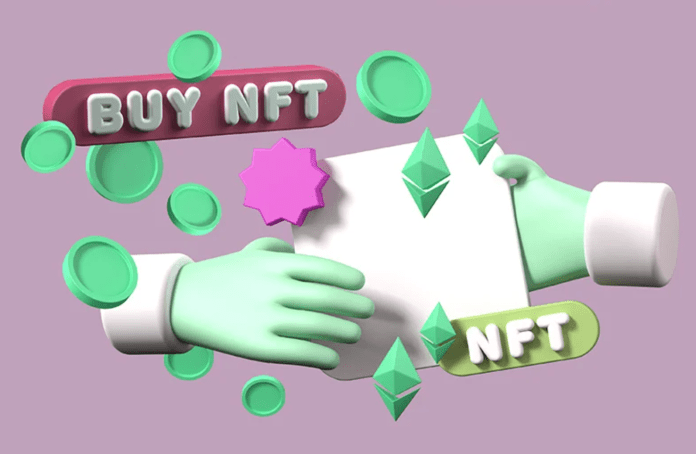Introduction
NFTs (Non-fungible tokens) have become the talk of the town in recent years, attracting millions of dollars in investments and sales. These digital assets are unique, non-interchangeable, and are recorded on the blockchain, making them a valuable commodity in the world of digital art and collectibles. However, the sudden rise in the popularity of NFTs has led to a new form of market manipulation known as NFT wash trading, which is causing concerns within the industry. This article aims to break down NFT wash trading and its impact on the market.
Understanding NFT Wash Trading
NFT wash trading is a fraudulent practice of artificially inflating the price of NFTs through fake trades. It involves a group of individuals or entities buying and selling the same NFT repeatedly to create the impression of a high demand for the asset, thereby driving up its price. This manipulative tactic deceives buyers and investors who assume that the NFT has a higher demand and worth, leading them to purchase the asset at an inflated price.
The most common tactic used in NFT wash trading is the use of multiple wallets. These wallets are controlled by the same individual or entity, and they use them to buy and sell the same NFT repeatedly, creating the illusion of increased market activity. Another tactic is the use of fake buyers, who place high bids on an NFT, leading genuine buyers to bid higher.
Impact of NFT Wash Trading on the Market
NFT wash trading has several negative impacts on the market. Firstly, it destabilizes the market by creating false demand for an asset, which can lead to a market bubble. When the NFTs’ actual value becomes exposed, the bubble bursts, leading to a sharp drop in prices and loss of investor confidence.
Secondly, NFT wash trading distorts the prices and valuations of NFTs, making it difficult for genuine buyers and investors to determine the real value of an asset. The distorted prices can lead to an artificial rise in prices, making NFTs overvalued, and it can lead to a decline in prices when the fraudulent activity is uncovered, making NFTs undervalued.
Lastly, NFT wash trading negatively impacts genuine traders and investors. They end up purchasing NFTs at inflated prices that do not reflect the actual market demand, leading to a financial loss when the bubble bursts.
Addressing NFT Wash Trading
Preventing and detecting NFT wash trading can be a challenging task since the tactic involves multiple wallets and entities that work together to manipulate the market. However, regulatory measures and industry efforts can be put in place to address the issue.
Regulatory measures can include requiring NFT marketplaces to verify the identities of traders and investors, implement strict monitoring systems to detect fake trades and impose penalties on individuals or entities found to engage in NFT wash trading.
Industry efforts can include the implementation of blockchain-based solutions that track the history of NFT trades, making it easier to detect fraudulent activity. Marketplaces can also provide transparency on the trading history of an NFT, making it easier for genuine buyers and investors to make informed decisions.
Conclusion
NFT wash trading is a manipulative tactic that creates false demand for an asset, distorts prices and valuations, and negatively impacts genuine traders and investors. Regulatory measures and industry efforts can be put in place to address the issue, preventing fraudulent activity and stabilizing the market. As the NFT market continues to evolve, it is essential to ensure that measures are in place to protect genuine buyers and investors from fraudulent activity.
As the NFT market continues to expand, it is important to educate oneself on the risks involved and to be cautious when investing in NFTs. It is essential to thoroughly research the NFT before making any purchase and to look out for signs of NFT wash trading.
One way to avoid NFT wash trading is to look for reputable marketplaces that have implemented measures to prevent fraudulent activity. These marketplaces often have systems in place to detect and prevent NFT wash trading, ensuring that buyers and investors can trade in a fair and transparent market.
Furthermore, it is important to be aware of the signs of NFT wash trading, such as sudden spikes in an NFT’s value without a corresponding increase in demand or trading activity. If an NFT’s value seems too good to be true, it is best to exercise caution and thoroughly investigate the asset before making any purchases.
In conclusion, NFT wash trading is a growing concern in the NFT market, and it is important to be aware of its impact on the market and how to address the issue. As the market continues to grow and evolve, it is essential to ensure that measures are in place to prevent fraudulent activity and to protect genuine buyers and investors. By being vigilant and informed, individuals can make informed decisions when investing in NFTs, ensuring that they do not fall victim to NFT wash trading and other fraudulent activities.
